Penrose-Strawbridge House
Introduction
Text-to-speech Audio
Images
Penrose-Strawbridge House seen from Graeme Park c1923
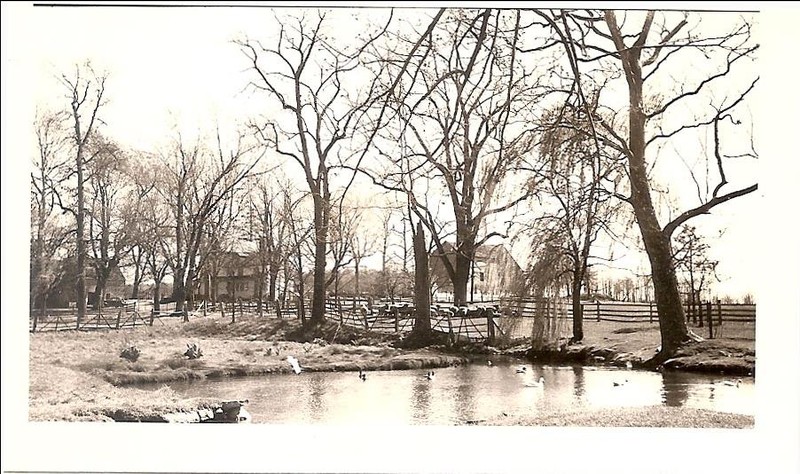
Margaret Choate showing what we believe is the c1721 outside wall of the original cabin. Margaret is standing in the section of the house added in 1810 by the Penroses
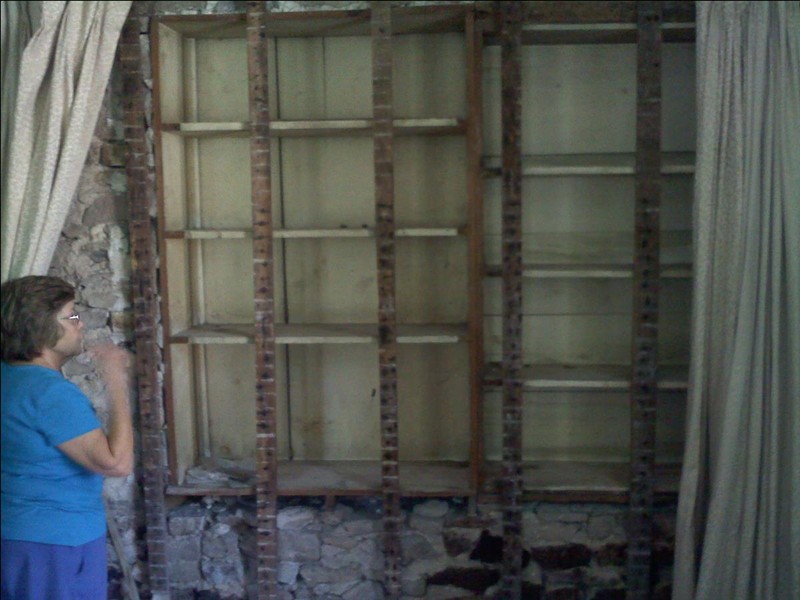
Ruins of barn dating to before 1735 along Governor Road
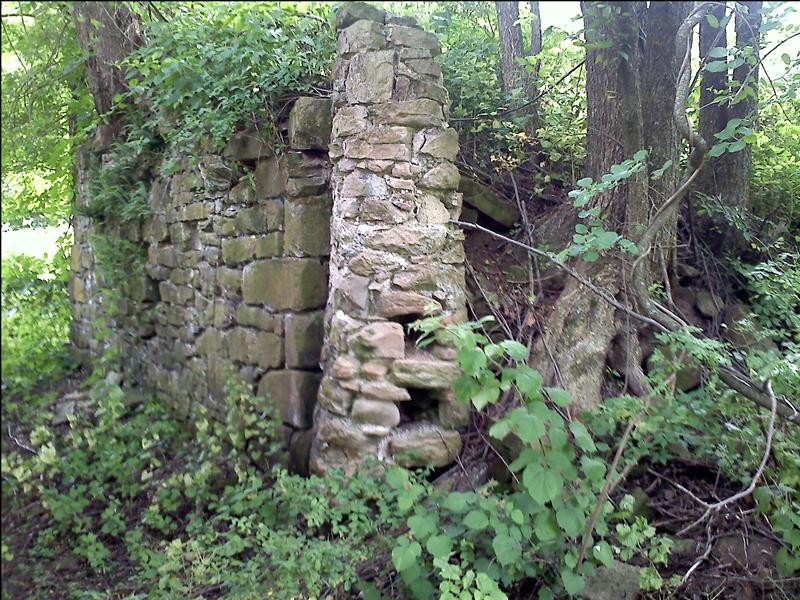
Barn supports from the original, larger 1839 barn plus an archway that may date back to Sir William Keith - perhaps part of his planned distillery
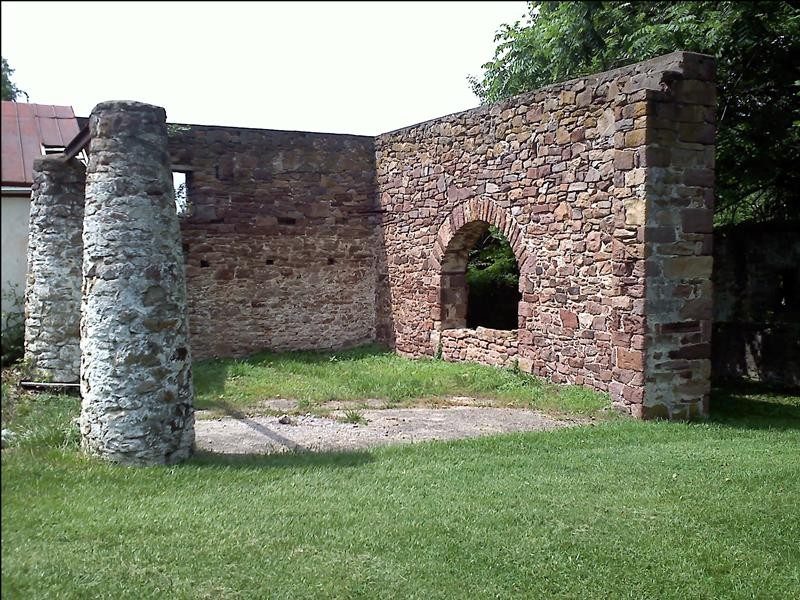
Mysterious Cistern in c1721 basement of Penrose-Strawbridge House. This, and large vaults in this basement indicate that it may have been part of Sir William Keith's efforts to build a brewery on the estate.
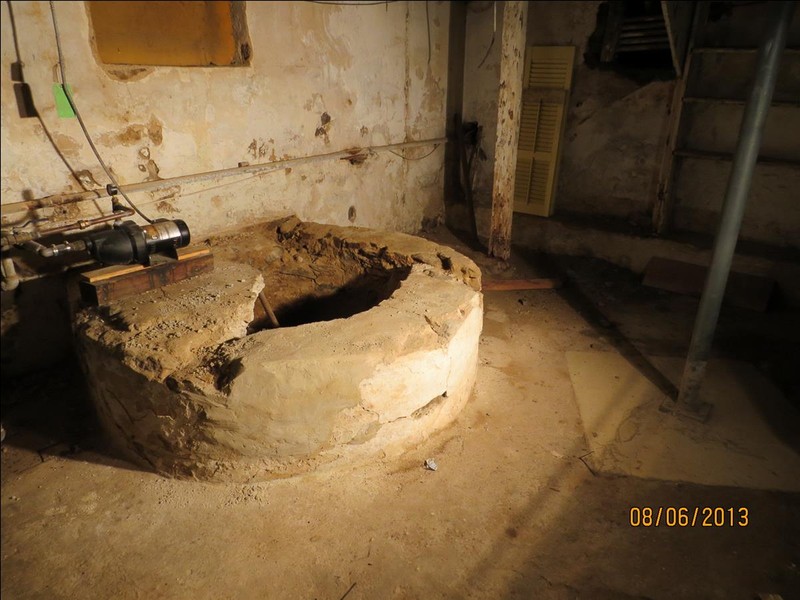
Learn more about the history of Horsham Township with this book-available by clicking the link below.
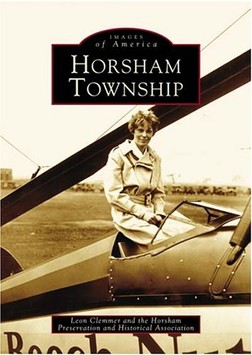
Backstory and Context
Text-to-speech Audio
Renamed Graeme Park, the estate became home to his grand-daughter, Elizabeth, called the most learned woman in America who had her heart broken by the son of the same Mr. Franklin. The farm became an encampment for several Revolutionary War armies including that of Mad Anthony Wayne, and is rumored to have been a place that General Washington was fond of visiting - until Elizabeth delivered a letter demanding his surrender. After surviving a threat from the new Commonwealth of Pennsylvania to confiscate the estate, Graeme Park was sold to a Quaker farmer, and his family, who worked and improved it till it was "one of the most valuable farms in Eastern Pennsylvania". This family made major additions to the farmhouse in 1810, 1830, and 1858.
In the 20th century the property was purchased by a retired stockbroker and his young wife, a gentleman farmer and horse breeder, a man who set an altitude record in a balloon and won 16 steeplechase races and was said by his wife to have broken every bone in his body doing it. They saw nearby fields first turned into an test field for aviation pioneer Harold Pitcairn, and then saw that field expanded by the US Navy onto their own land to accommodate jets after World War II.
